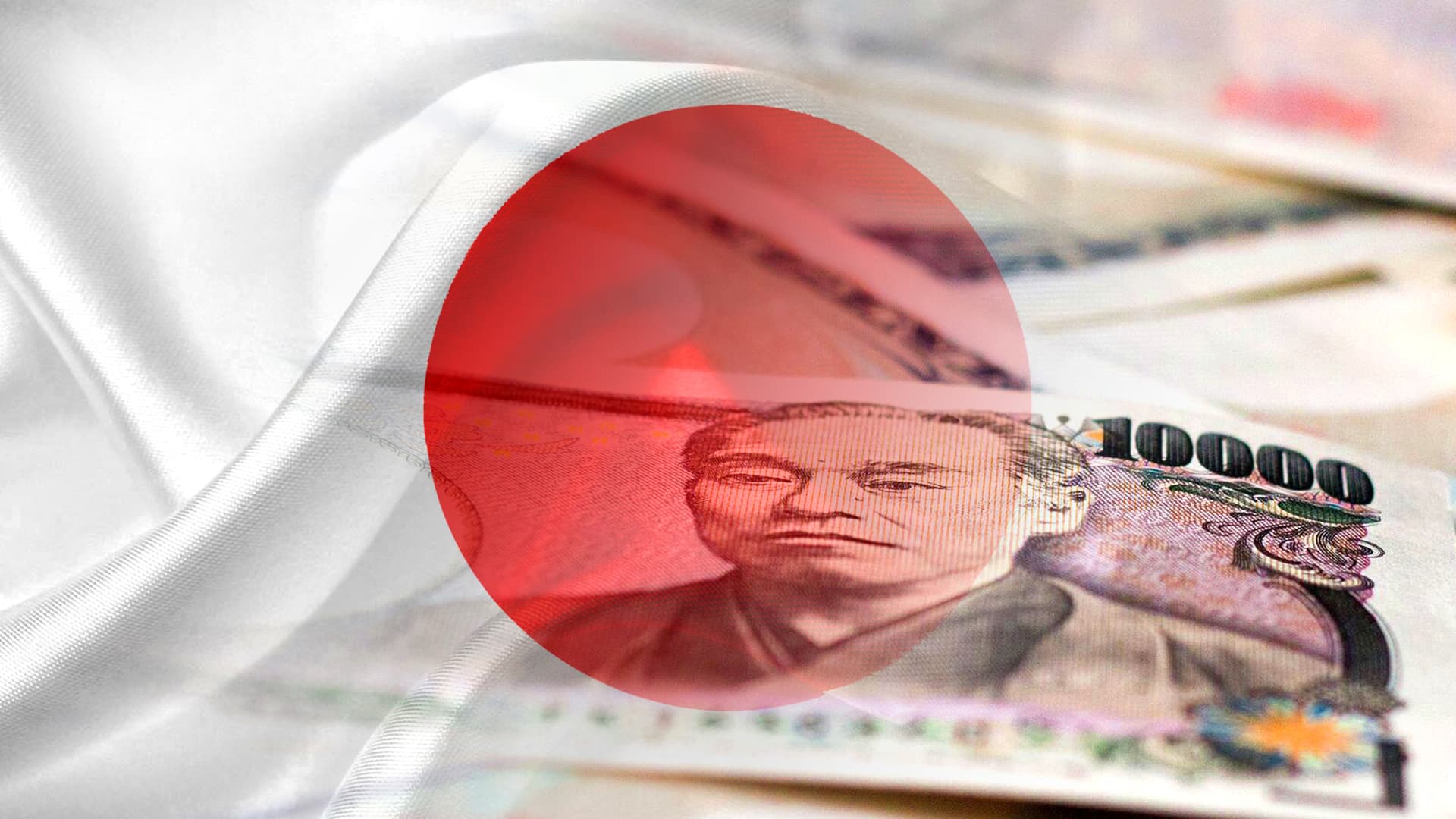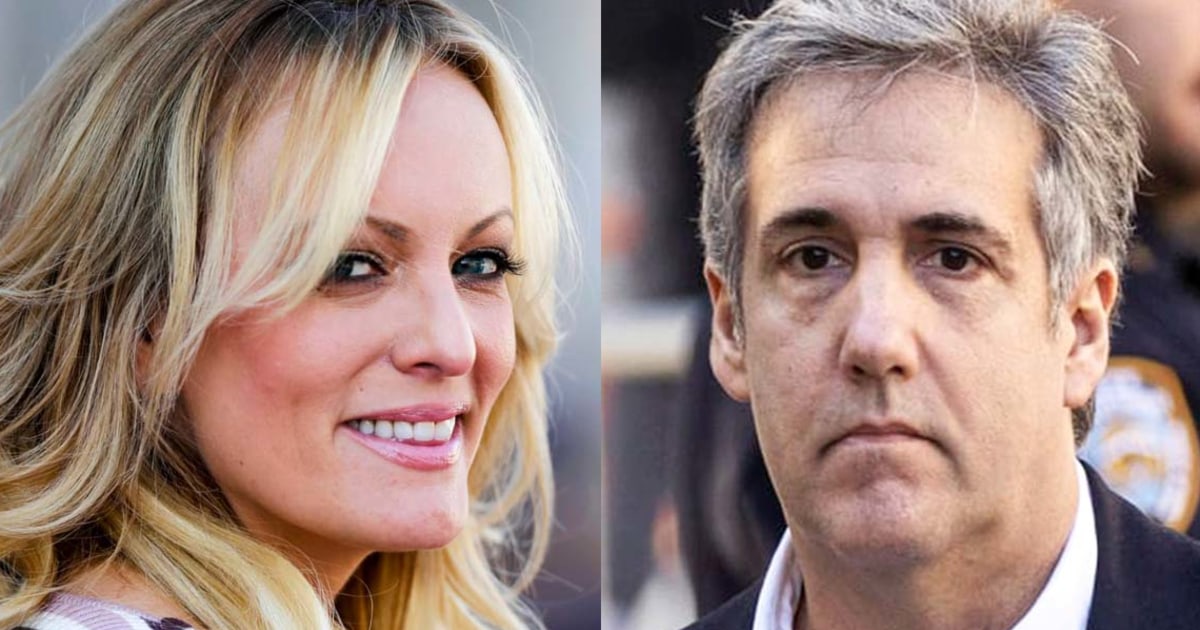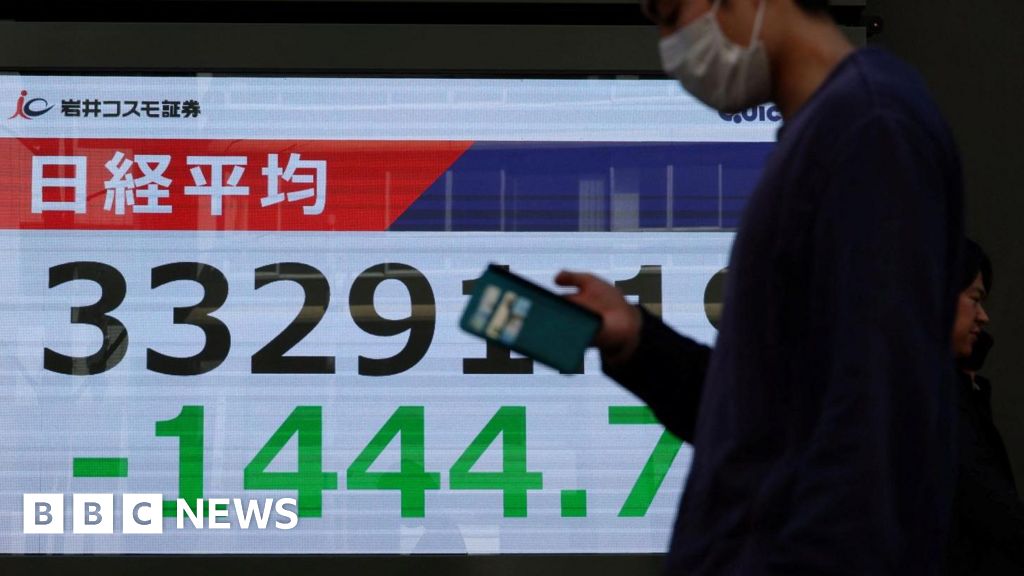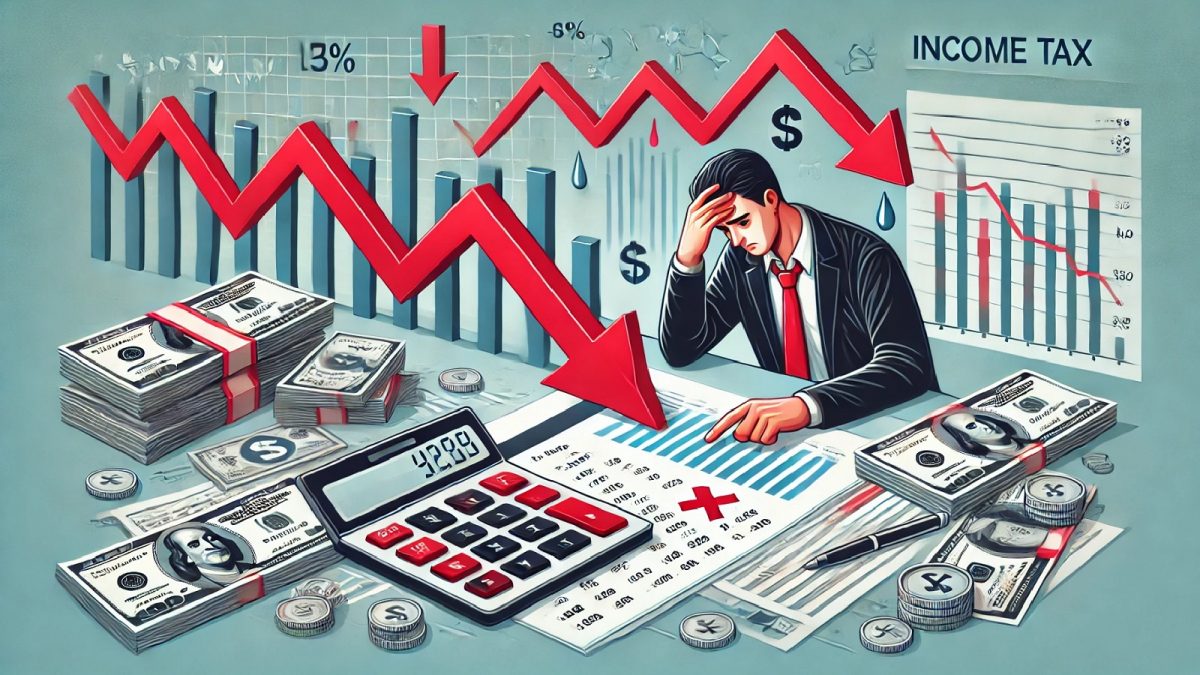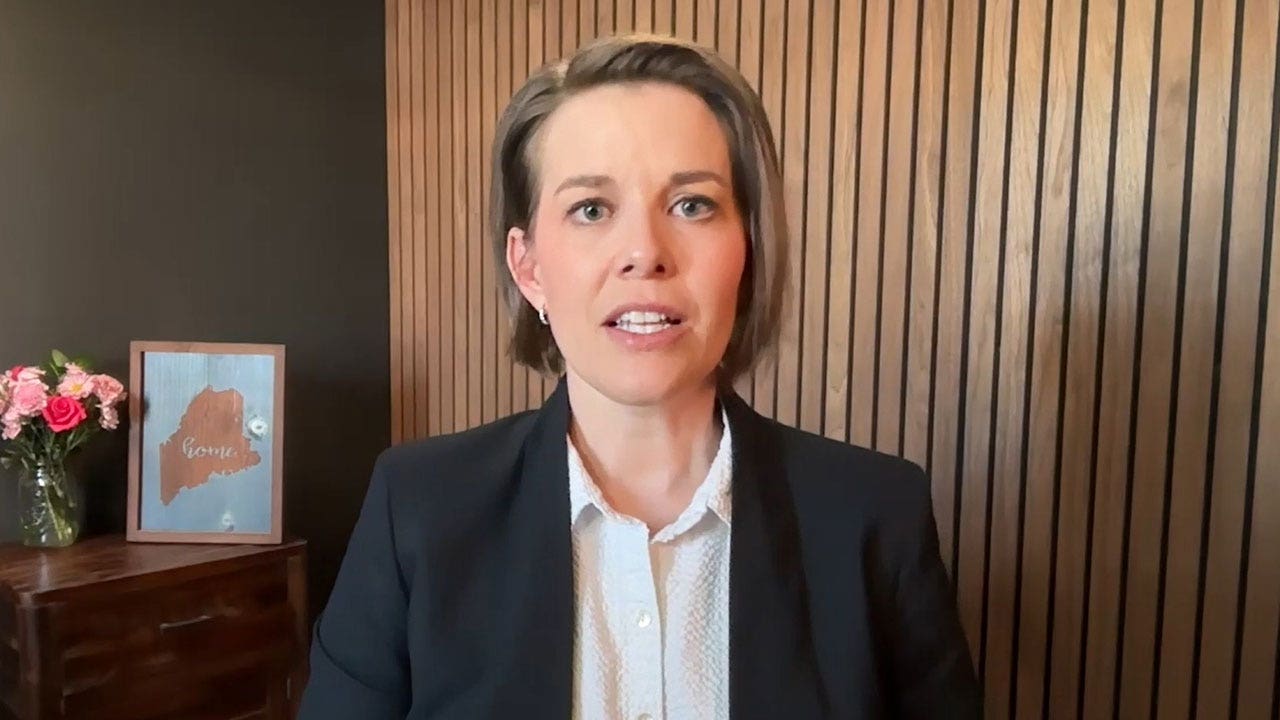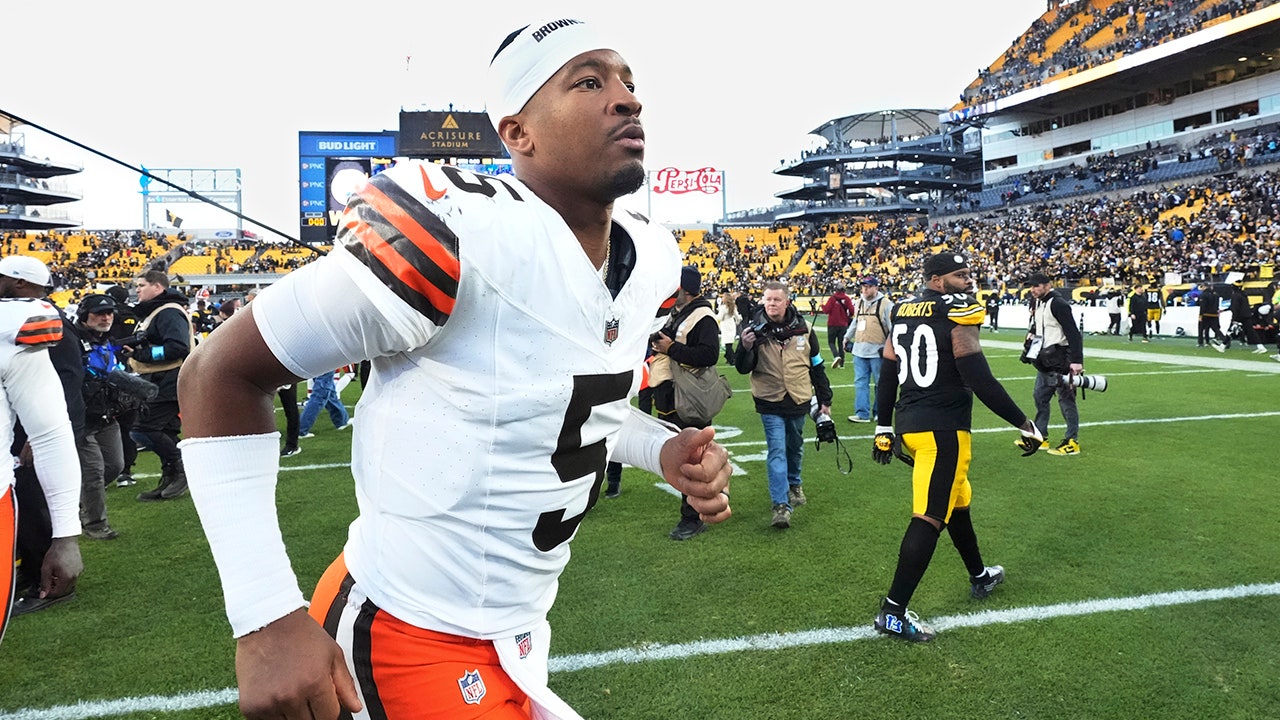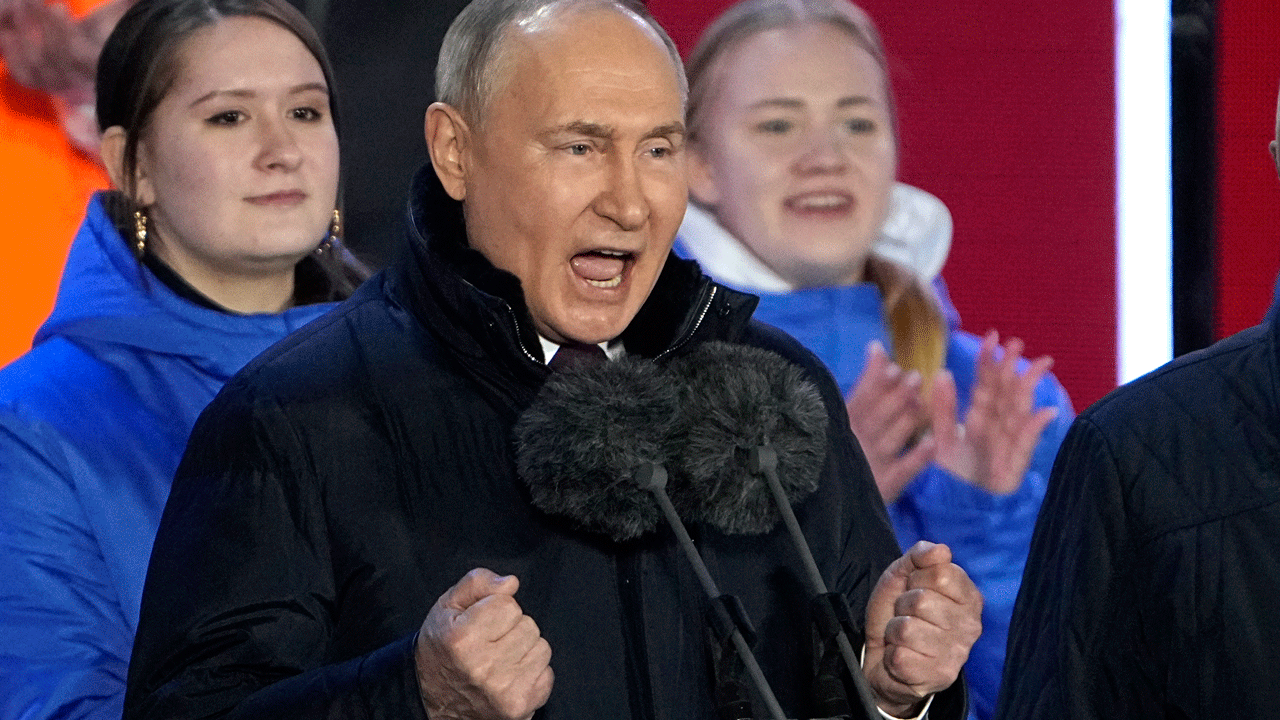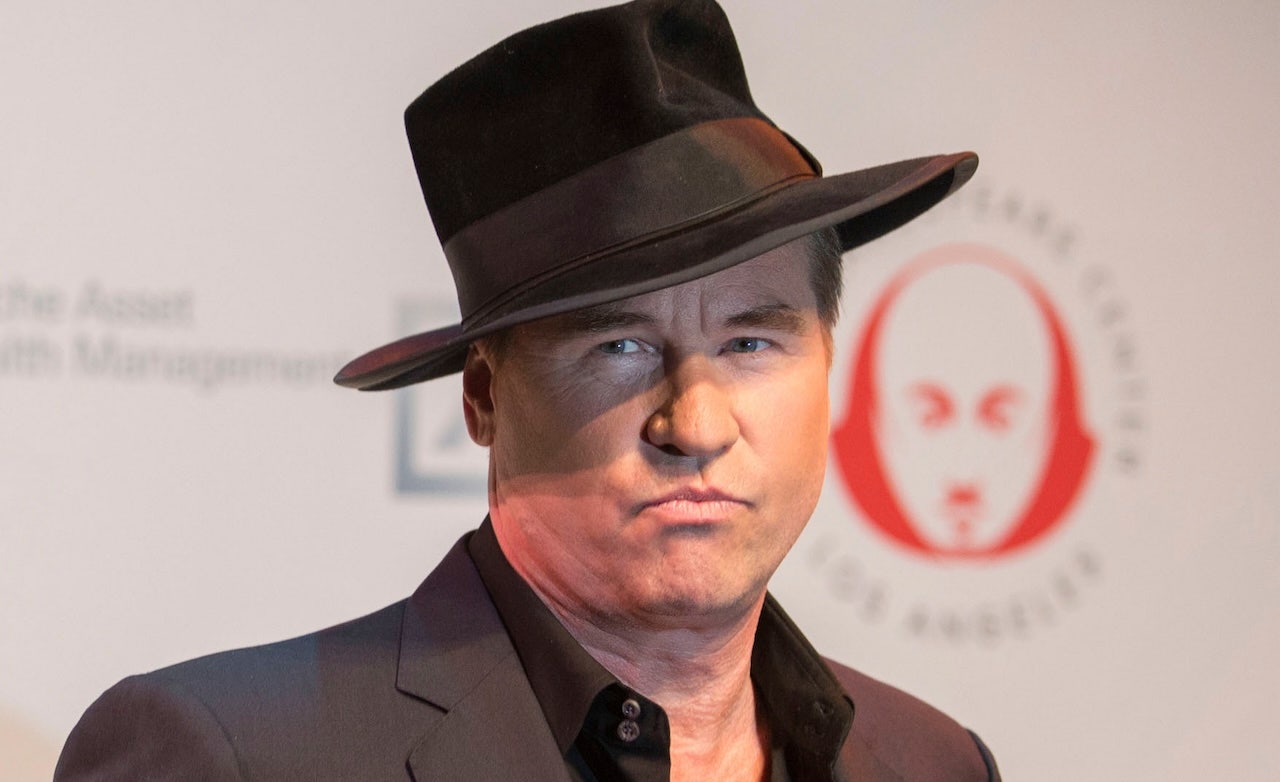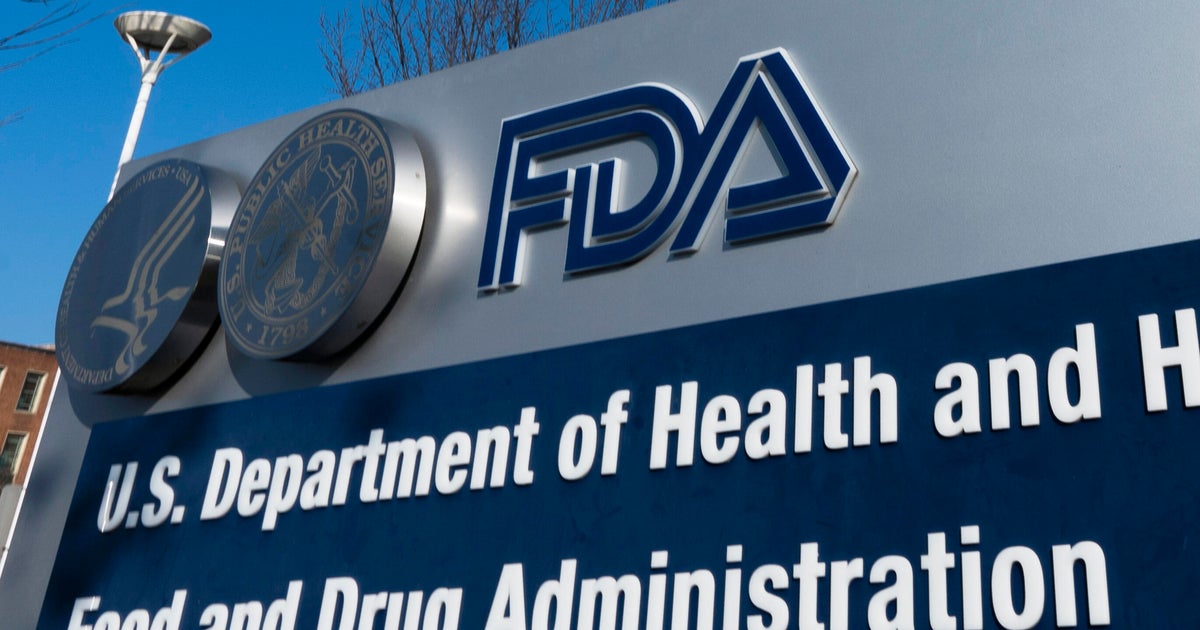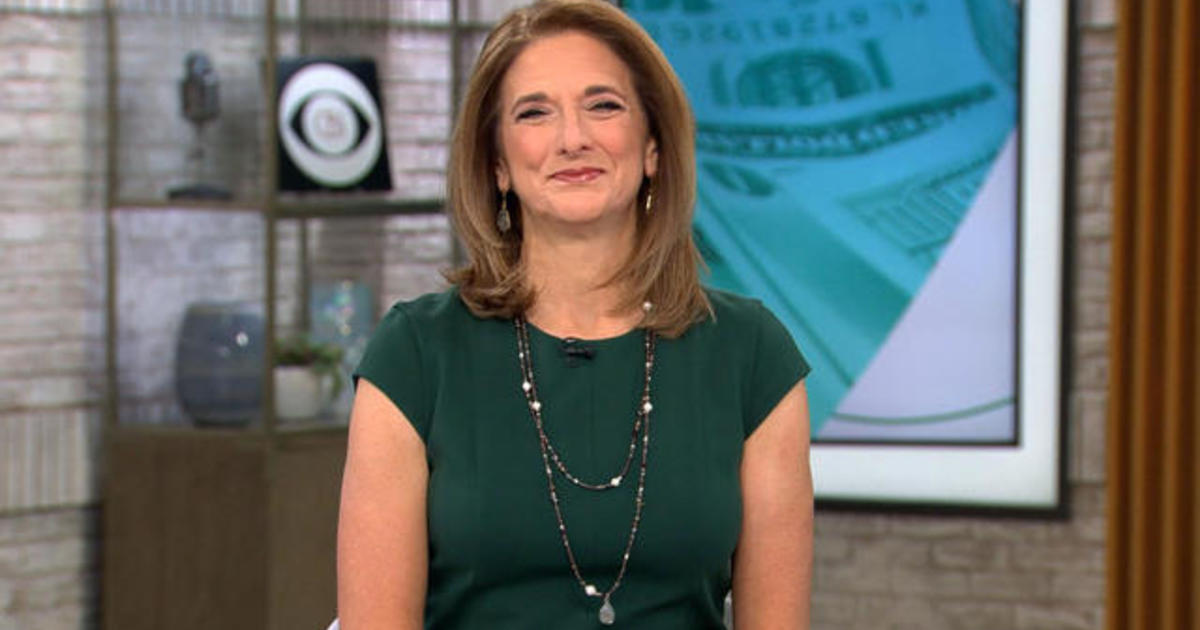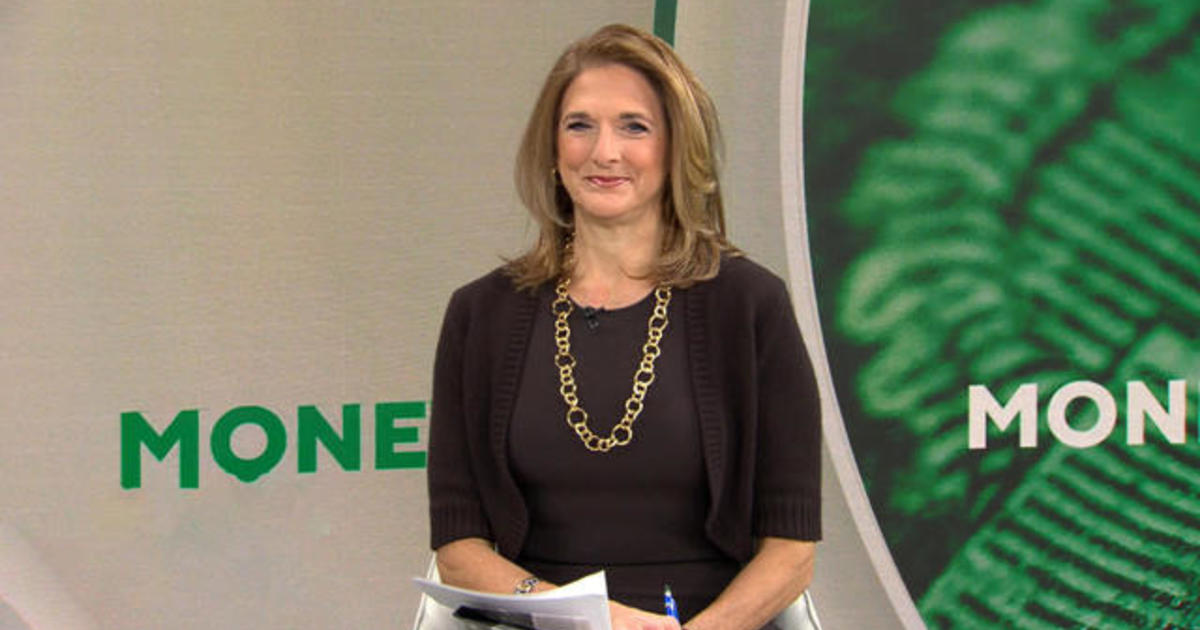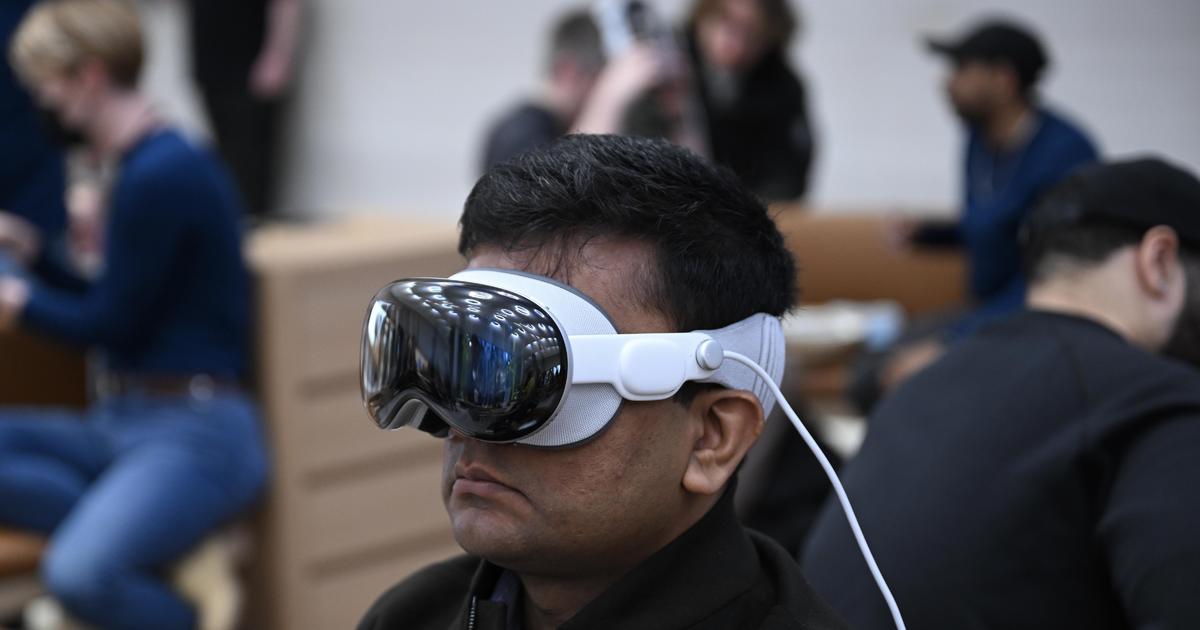World leaders were hit with an escalation in the US trade war as Donald Trump unveiled a swathe of tariffs on imported goods affecting nearly every country.
On so-called “Liberation Day”, the United States president announced that almost all imported goods would be hit with blanket tariffs, in an effort to increase homegrown production and reduce trade imbalances.
Most countries that trade with the US will be subject to a minimum 10 per cent tariff from April 5, including the United Kingdom, with dozens of nations facing levies as high as 50 per cent.
The reciprocal tariffs, which put Chinese goods imports at 54 per cent, will come into effect from April 9.
A separate 25 per cent tariff on automotive cars and parts was also confirmed, effective immediately.
Some countries will be hit harder than others, with a particularly high concentration of tariffs across developing nations in Asia and Africa.
What are the tariffs and who is impacted?
Almost all countries that trade with the US now face a minimum baseline tariff of 10 per cent on goods imported to the United States.
Only Russia, Cuba, Belarus, and North Korea received exemptions due to existing sanctions or high tariffs already in place.
Canada and Mexico saw no change to the 25 per cent levy already in place.
Some 57 of what Trump described as the “worst offenders” are facing higher, custom-tailored tariff rates, proportional to the trade barriers each country imposes on US goods.
China is facing the highest rate by far, with 34 per cent on top of the existing 20 per cent imposed last month; amounting to 54 per cent tariffs on most imported goods from China.
Several African countries are also facing sky-high rates, such as Lesotho (50 per cent), Laos (48 per cent), and Madagascar (47 per cent).
In Asia, goods imported from Cambodia (49 per cent), Vietnam (46 per cent), and Sri Lanka (44 per cent) will face the toughest tariffs.
As it stands, baseline and custom tariffs will not be added onto the 25 per cent goods-specific tariffs for steel and aluminium, and cars and automotive parts, despite earlier fears.
Some other exemptions will be made, such as for copper, pharmaceuticals, semiconductors, gold, and energy industries, according to White House correspondence.
The baseline and reciprocal tariffs, alongside existing tariffs on Mexico, Canada and China, cover over $2.6 trillion worth of goods imported to the United States, according to preliminary analysis from the Independent.
This is in addition to levies of approximately $185bn in steel and aluminium imports, according to the Tax Foundation, and around $307bn in vehicles and automotive parts.
The value of imports hit by taxes could also increase depending on other threatened tariffs in the works for later this year, such as for timber and semiconductors.
It is also unclear whether the extra 25 per cent levy on countries importing Venezuelan oil, which was announced by executive order in late March, came into effect yesterday.
Before the “Liberation Day” announcements, some experts believed that mainly countries with a trade deficit– meaning that they export to the US more than they import – would be targeted, amounting to a total goods trade deficit of $1.2 trillion in 2024.
Such trading partners include China, the EU, Mexico, Vietnam, Ireland, Germany, Taiwan, South Korea, Canada, India, Thailand, Italy, Switzerland, Malaysia, Indonesia, France, Austria, and Sweden.
Some of these have been the worst-hit by new custom tariffs, but the greater focus has been those countries which place higher taxes on US goods.
UK hit with tariffs despite Starmer’s efforts
The UK got off lightly compared to some other nations, with the minimum 10 per cent base tariff.
This comes after months of negotiations between Prime Minister Keir Starmer, trade secretary Jonathan Reynolds and President Trump, in an attempt to avoid trade barriers.
While Sir Keir has said the UK will react with a “cool and calm head”, Mr Reynolds called the tariffs “disappointing” and said officials were working through 417 pages of US products they could tax if a trade deal was not struck.
The UK has a relative trade balance with the US, and exported around £57.4bn in goods in the year to November 2024.
The UK’s top export to the US is cars, worth £8.3bn in the same period.
So Trump’s 25 per cent tariffs of the sector will have a significant impact on UK car brands, in particular Jaguar Land Rover (JLR), whose Defender and Range Rover lines are highly popular in the US.
Other UK brands such as Mini and Aston Martin will also be impacted.
The ‘big three’ countries set to suffer the most
Canada, Mexico and China – the first three countries to face targeted tariffs – stand to lose heavily from Mr Trump’s trade war.
China’s total 54 per cent tariff is unprecedented for a country which exported $430bn of goods to the US.
“I have great respect for President Xi [Jinping] of China, great respect for China, but they were taking tremendous advantage of us,” Mr Trump said in his White House Rose Garden announcement.
Both Canada and Mexico were saved from higher tariffs, but maintained their existing rate (broadly 25 per cent), which keeps them in the upper range of tariffs.
For Canada, Mr Trump had already applied a 25 per cent tariff on goods with temporary exemptions, for items including textiles and apparel, with some $253bn worth of imports impacted.
But with temporary exemptions due to expire on April 2, that figure is likely to rise for the country which imported around $421.2bn in goods to the US in 2024.
For Mexico, $236bn of the country’s $507bn goods exported to the US – around 47 per cent – are currently under 25 per cent tariffs while exemptions are in place. Exemptions expired on 2 April, although it is unclear whether they have been lifted.
All three countries are also exporters of steel and aluminium, and automotive products to the US.
Heavy tariffs on foreign vehicles
The automotive industry was hit with a 25 per cent tax on vehicles and car parts imported from abroad beginning on 2 April.
They represent $458bn in trade to the US, and have grown by nearly a quarter since Covid with around 8 million cars imported in 2024.
Mexico, Canada and China will be hit most; along with Japan, South Korea and Germany, according to figures from the US Bureau of Economic Analysis (USBEA).
Top brands such as JLR, Volvo, Volkswagen and Mercedes-Benz manufacture the majority of their US-sold cars abroad, and will be hit hard.
But homegrown brands such as General Motors (GM) and Ford are also at risk, with both having factories in Mexico and further afield.
In addition, companies that manufacture in the US will face higher costs in supply chains, as imported vehicle parts – worth approximately $86bn last year – are also subject to the 25 per cent tariff.
Venezuelan oil tariffs still unclear
Just last week Mr Trump announced that he would introduce a 25 per cent levy on any country importing oil and gas from Venezuela – and on Venezuela itself, effective from yesterday 2 April.
That would be on top of any other existing tariffs, according to the Tax Foundation; in the US’s attempt to “sever the financial lifelines of Nicolás Maduro’s corrupt regime”.
The US itself is one of the top importers of Venezuelan oil, behind only China. Other buyers are India, Cuba, and the EU bloc.
Trump did not mention this executive order in his tariff’s speech, and specifics have not yet been laid out.
If he follows through on his plans to hike an additional 25 per cent on goods from these countries, then China in particular would face substantial barriers to trade with the US.
But the greatest loser could be everyday Americans.
The price of a new car is set to increase by around $3,000 on average according to economists, and retaliation for tariffs in the previous administration led to a $27bn loss in agricultural exports, hitting farmers.
Critics say a blanket tariff on all imported goods – at $3.3 trillion across all industries in 2024 – could come at a cost for American consumers at the cash register.



